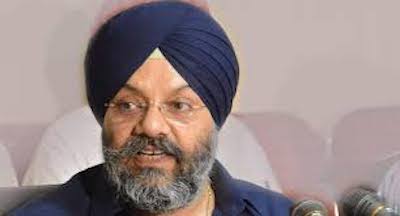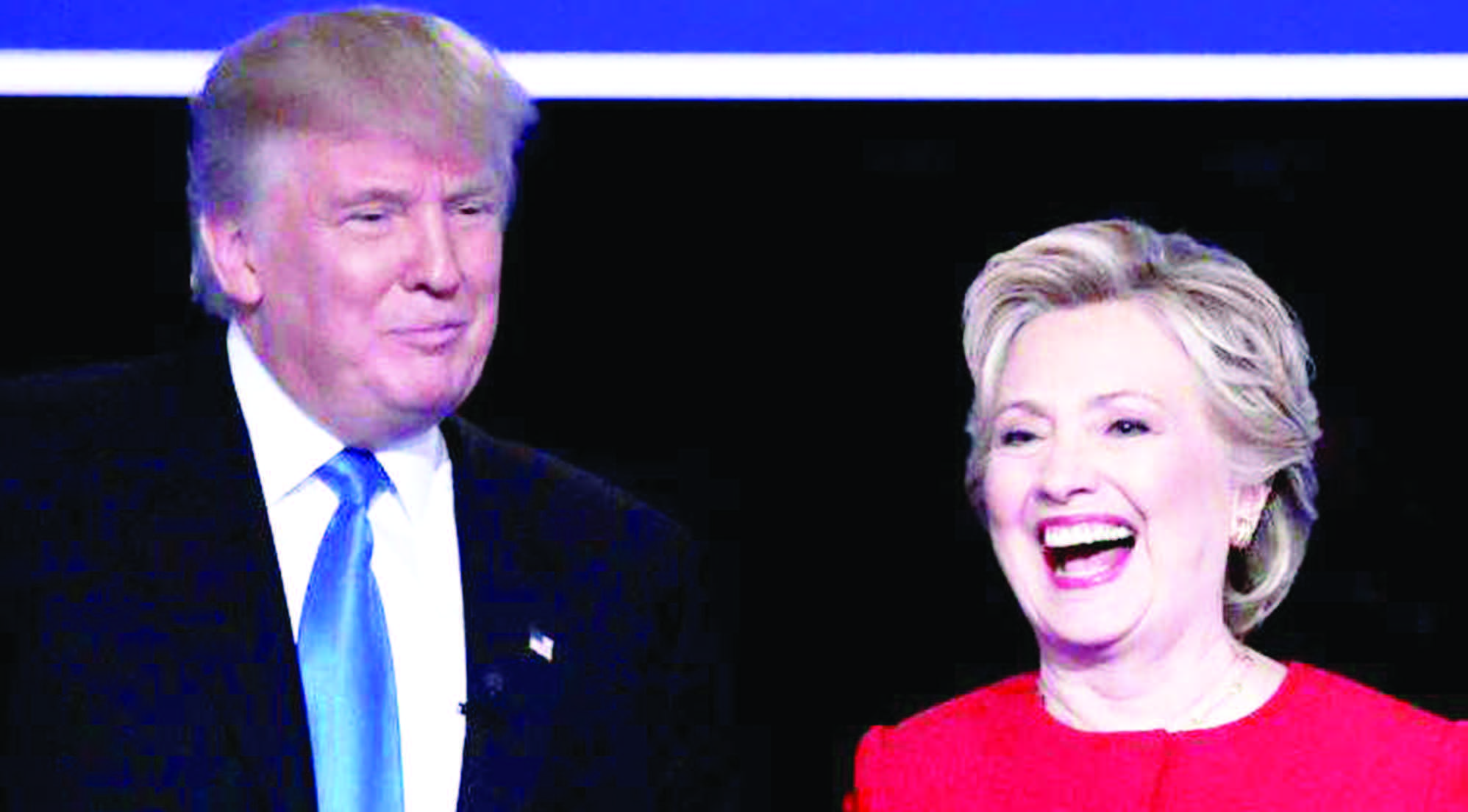
NEW DELHI (TIP): Most exit polls are predicting a hung assembly in Delhi. So, what happens next? If the predictions prove to be true, there are two possible scenarios. First, the single largest party, which is expected to be BJP, may form a coalition government with the support of other parties. If that fails to materialize, Delhi may come under President’s Rule, in which case it will have to vote in fresh elections within six months from December 17, the last day of the current assembly’s tenure.
Once the figures of the hung assembly are officially declared, Lt Governor Najeeb Jung will have to invite the leader of BJP, if it turns out to be the single largest party, to explore the possibility of forming a government. This will be in keeping with the Indian precedent of the single largest party being given the first chance and also the British convention of inviting the Opposition party when the ruling party has lost majority in the election. Going by the precedent set by President Narayanan in the 1990s, Jung can ask Harsh Vardhan if, despite falling short of the half-way mark, he is “willing and able” to form a stable government.
Given that all three major parties – Congress, BJP and AAP – have declared that they would not enter into any post-poll alliances, the chances of President’s Rule seem higher, especially if the largest party is way short of the majority mark. Since President’s Rule cannot last beyond six months, the fresh election to the Delhi assembly may well be held along with the Lok Sabha election in the summer of 2014. As per rule 5 of the Government of National Capital Territory of Delhi Act, 1991, the legislative assembly, unless sooner dissolved, shall continue for five years from the date of appointment for its first meeting and no longer, and the expiration of the said period of five years shall operate as dissolution of the Assembly.
In the current scenario, the assembly was appointed on December 18 in 2008 and hence a new assembly must be constituted by that date of this year. As the result comes out on December 8, the political parties will have to come to a consensus in the next eight days. On failing to do so, President’s Rule will come into effect from the day the assembly stands dissolved (December 18). However, till December 17 the existing government can continue as “caretaker government”. Under President’s Rule in Delhi, the Lieutenant Governor becomes full-fledged executive head of the government and has the power to appoint a group of advisors who act as ‘council of ministers.’
Even when the Assembly is in suspended animation, it will still be open to political parties to forge a coalition with a majority support in the House. Experts look at the scenarios as an ‘unfortunate’ one for the city as it hurts the functioning of the government in a significant way. “The functioning of Delhi government has already suffered in last few months as most of its staff was put on election duty. In case we have re-polling, it would mean another few months of minimal work in the government,” said Shakti Sinha, former finance and powers secretary of Delhi government.
Delhi’s former chief secretary Rakesh Mehta sees it as a period that won’t see any crucial decision being taken, slowing the pace of the government significantly. “A hung assembly does not mean ‘no’ government — the constitution provides for a remedy in that case. However, absence of a formal government can slow down functioning of the departments.
A government is needed for taking drastic and complex decisions that are crucial for the city,” Mehta added. Experts, however, also feel a huge voter-turn out usually suggests a decisive and clear mandate. “If people have come out in such large numbers to vote they must have given a clear mandate,” a senior bureaucrat added.





Be the first to comment